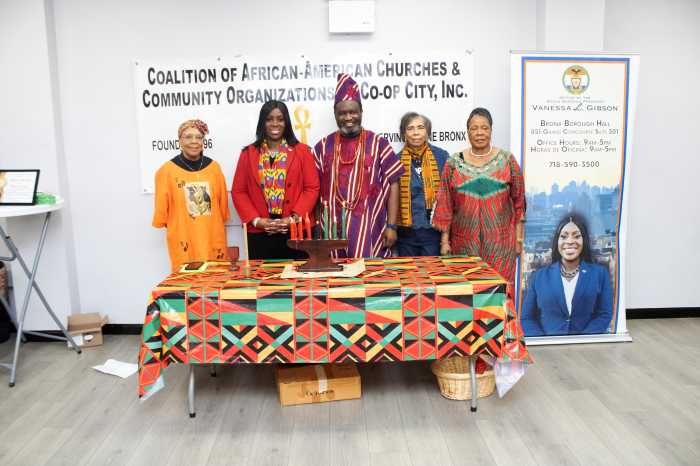Peter Boal, Wendy Whelan et al show the wit to master Twyla Tharp, William Forsythe
By GUS SOLOMONS JR.
You’ve got to admire Peter Boal, not only for his enormous artistry, but also for his nerve.
In the 2003 Altogether Different Festival, he did a solo show of dances that stretched him far beyond his classical roots–– works by Molissa Fenley and Wendy Perron.
For the debut of his Peter Boal & Company at the Joyce Theater March 16 through 21, he challenged himself with Twyla Tharp’s “Pergolesi,” made originally for Mikhail Baryshnikov. Of course, it’s a technical tour de force, sprinkled with classical quotes from “Swan Lake” and “princely” allusions from other classic ballets. It plays to the audience—using tricks to signal for applause, faking confusion and fatigue—in a way that would make you squirm if overdone.
Mischa’s theatrical reticence and superstar status allowed him to get away with it. Boal, also a naturally restrained performer, not only pulls off the humor, but his immaculate classical line, fluent torso, and dynamic subtlety add substance to Tharp’s doodling contemporary style.
Joining Boal are his fabulous New York City Ballet colleagues, Wendy Whelan, Sean Suozzi, and Carla Körbes. Since Boal doesn’t choreograph, he’s chosen dance makers that he and his dancers admire to create his repertoire. German choreographer Marco Goecke contributes “Mopey,” a solo for Suozzi. Its frantic, primate-like gyrations recall Paul Taylor’s 1956 “Three Epitaphs”––on speed! To C.P.E. Bach and rock group The Cramps, Suozzi skidders across stage in a hooded sweat shirt, then doffs it and dances bare-chested, darting on and offstage, hunkering down, pumping his arms, hugging himself. The choreography loses steam midway through and relies increasingly for impact on Suozzi’s tremendous energy, which draws the audience’s rousing appreciation.
In Whelan’s choice, the duet from William Forsythe’s “Herman Schmerman,” she and Boal cavort in yellow miniskirts to composer Thom Willems’s fractured rhythms, bathed in Mark Stanley’s smartly matter-of-fact lighting. Whelan’s line drawing of a physique articulates Forsythe’s sensuously distorted shapes with crystalline purity and joyous impishness. Boal’s beautifully proportioned muscularity perfectly complements Whelan, and he interprets the eccentric vocabulary with cool wittiness. You’d be happy to watch these two terrific dancers doing anything, and when it’s Forsythe they’re doing, you’re getting more than your money’s worth.
The closing trio, “2nd Prologue,” a premier by Canada’s John Alleyne, depicts an ill-fated love triangle (Boal, Suozzi, and Körbes) with beautifully crafted, but unadventurous classical vocabulary, altered ever so carefully with emotional gesture. Mark Zappone’s velvety burgundy costumes and David Moodey’s flattering light enhance the calm elegance of the ballet, but the naïve narrative makes a bland finale to this otherwise impressive company debut.
Nonetheless, the opening night audience loved the dancers and their remarkable dancing.



































